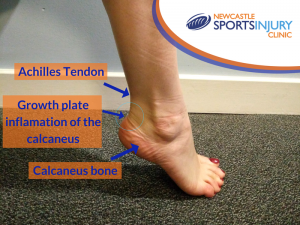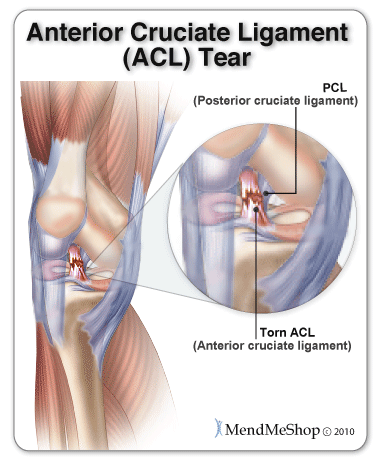What is Sever’s disease?
Sever’s disease is named after Dr James Sever, an American Orthopedic Doctor who characterised it in 1912. It is an inflammation of the calcaneal apophysis, Sever’s disease presents as pain in the heel and is common in active children.
Who can be affected by Sever’s disease?
Sever’s disease often effects young boys (7-15years) and girls (5-13years). It is quite common at the beginning of a season, during a growth spurt or when experiencing pain over the posterior aspect of one or both heels.
Symptoms
 Symptoms include pain and tenderness at the back of the heel which is worse with physical activity, tenderness may also present when pressing or squeezing the sides of the heel, and there also may be a lump over the painful area. The pain may go after a period of rest but may return when training. If severe enough children may limp after physical activity to take weight off the affected heel.
Symptoms include pain and tenderness at the back of the heel which is worse with physical activity, tenderness may also present when pressing or squeezing the sides of the heel, and there also may be a lump over the painful area. The pain may go after a period of rest but may return when training. If severe enough children may limp after physical activity to take weight off the affected heel.
Causes
Sever’s disease is associated with rapid growth spurts. Children experiencing a growth spurt may experience tight and inflexible muscle groups because muscle development is thought to be slower than bone development.
The Achilles tendon, which originates from the calf musculature and inserts into the heel may become inflamed. Tight calf muscles may contribute to a reduced range of movement around the ankle which puts more strain on the Achilles tendon. It is not possible to prevent Sever’s disease however, symptoms are likely to stop once the child has finished growing.
Treatment
If a child is showing signs of Sever’s disease, there are treatments available to help ease the pain they are suffering. The aim for treatment at the acute stage is to reduce pain and inflammation, therefore, Protect, Rest, Ice, Compress and Elevate (PRICE) the area. Taking a break from activities which makes the pain worse is advised, our therapists would highly recommend complete rest for the first 48-72 hours.
Once normal daily activities can be carried out pain free, training can resume but should be modified to avoid certain activities which increase the pain, this is likely to include running, jumping and any other sports which include this type of weight bearing, high impact activities. To maintain fitness, swimming and cycling are recommended if pain allows.
Exercises
If there is tightness in the calf muscles, gentle stretching and sports massage may help alleviate the symptoms. Strengthening for the muscles on the front aspect of the leg can also help. This should be done under guidance and advice from a training therapist.
A gradual return to training is recommended, avoid going straight back into full training to prevent the condition worsening. When returning to play, always wear supportive footwear and avoid activities in bare feet.
As with any injury we would always recommend early diagnosis and starting on a treatment plan as soon as possible to speed up recovery and reduce the risk of requiring more complex or long-term treatments. Our therapists at Newcastle Sports Injury are highly skilled at diagnosing and treating sporting injuries in growing children and adolescents, and will always create a bespoke rehabilitation/treatment plan which is specifically designed to fit the needs of the patient.
For further information contact 0191 2330500 and one of our therapists will be happy to assist.

